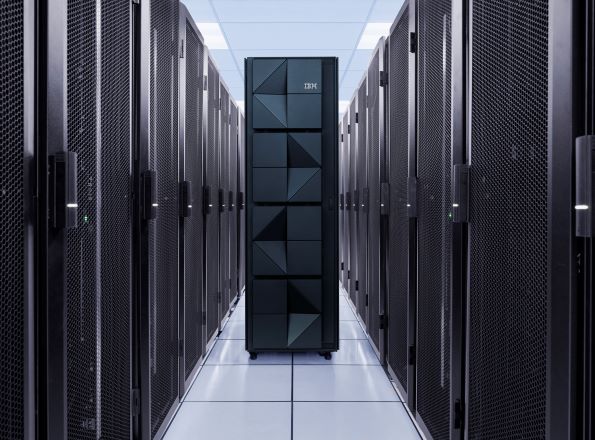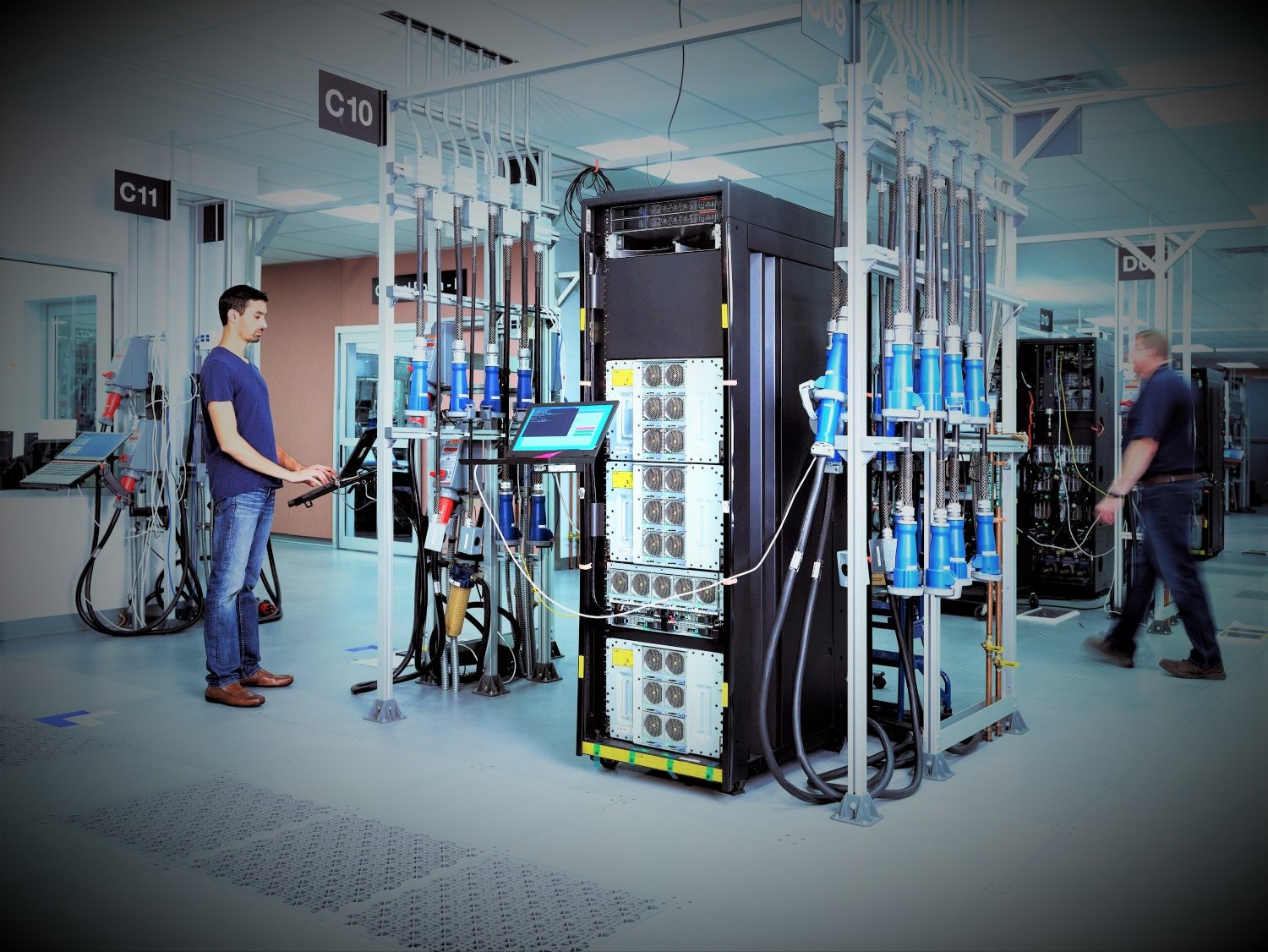A little bird tells The Stack that IBM added around seven or eight new mainframe customers across the UK last year. Anyone else making single digit sales for a piece of new hardware would be laughed out of town. But these were new mainframe customers -- explicitly opting for what is often derided as legacy hardware rather than the cloud for substantial new workloads, many of them in financial services where uptime is king.
Big Iron users say the ire directed at mainframes is usually better directed at the legacy applications running on them, sometimes undocumented by man or beast and only truly understood by 'Nigel' who retired decades ago but can sometimes be dragged back from his bottle of red to make a few delicate changes*.
Yet for speed, raw data processing power and uptime mainframes remain a compelling proposition. Innovations in recent years by IBM and Red Hat mean users can deploy cloud native applications on Kubernetes and Red Hat OpenShift on IBM Z and LinuxONE using what it calls "Cloud Paks" -- while its new "Wazi aaS" (don't laugh) offering lets users provision z/OS virtual server instances on IBM Z in IBM Cloud; something that Big Blue thinks has cut z/OS development and test environments from days or weeks down to six minutes or fewer.
Get following The Stack on LinkedIn
That's arguably a lot of bad product names obscuring the point that users can now run virtualised workloads on mainframes in a range of ways -- via z/VMs (the native VM technology for the z/OS mainframe operating system or Linux) or the common virtualisation technology KVM based on the Linux kernel and they are a far more flexible platform now than many recognise, with the benefit of seven nines uptime SLAs. (Customers wanting to use KVM virtualisation via, for example, Red Hat Enterprise Linux, need to have it installed on a logical partition or LPAR which users should be aware does involve a number of restrictions... Details for RHEL 8 here.)
To bury the lede, IBM's latest mainframe is always something of an event as a result and the company will no doubt be hoping that this week's launch of its new z16 mainframe catapults it into double-digit+ new customers, who think cloud hype has been overdone and who may be tempted by increasingly tailored and pay-per-use licensing models from the company. (Mainframe costs can still add up fast: so, arguably, can cloud costs...)
IBM's z16 is generally available from May 31, 2022.
Just bloody love/hate working with mainframes. Tell us all, on or off-the-record.

The z16 mainframe: What's new?
This context aside, what's new about the z16 mainframe?
IBM says the new z16 mainframe (picking up where the z15 left off in 2019) includes an "integrated on-chip AI accelerator" to optimise inferencing workloads and help clients analyse real-time transactions like mission-critical workloads such as credit card, healthcare and financial transactions.
This would let clients "process up to 300 billion inference operations per day with 1 ms response time using a credit card fraud detection deep learning model" it suggests, adding that running deep-learning models at scale in real-time has not been possible due to latency issues, meaning fraud detections models are only run on less than 10% of high-volume transactions.
The company also claims a new cache architecture reduces latency and improves performance (it didn't spell out hard numbers for the system in MIPS for example). The z16 also supporting "quantum-proof" algorithms using its Crypto Express 8S hardware security module, which can work with cryptographic algorithms selected as finalists during the PQC standardization process conducted by NIST, which underpin its firmware and boot processes.)
See also: Inside the race to standardise post-quantum cryptography
The new z16 mainframe is underpinned by IBM Telum dual processor 7nm chips featuring 16 cores. These run at 5.2 GHz. The z16 -- which has a 19" frame and the option to have the Hardware Management Appliance built into that frame -- ships with 200 configurable cores in a single model -- the Model A01. (That new frame also means that its PCIe+ I/O drawers no longer need to to be locked into fixed locations; handy, if that was your bugbear)
The IBM z16 A01 is available with five options of core capacity – Max39, Max82, Max125, Max168 and Max200 IBM said with its product sheet showing that the system offers up to 40 TB of Redundant Array of Independent Memory (RAIM) per system. The amount of I/O that can be attached is dependent on the type of power that is selected. There is a maximum of twelve PCIe+ I/O drawers when iPDU power is selected (11 on Max125) or a maximum of ten PCIe+ I/O drawers when BPA is selected. Needless to say it ships with a range of connectivity options detailed in the product sheet here. Will you be upgrading? Or are you desperate to migrate your mainframe applications onto another environment? If so, why? We love to hear from our readers.
*Your humble scribe lived with a Nigel for a long time whose job was this and lifestyle thus.









